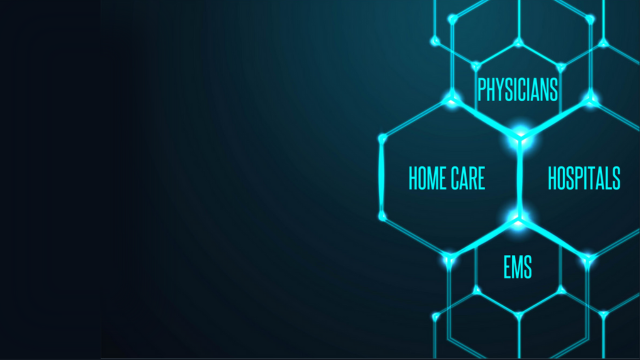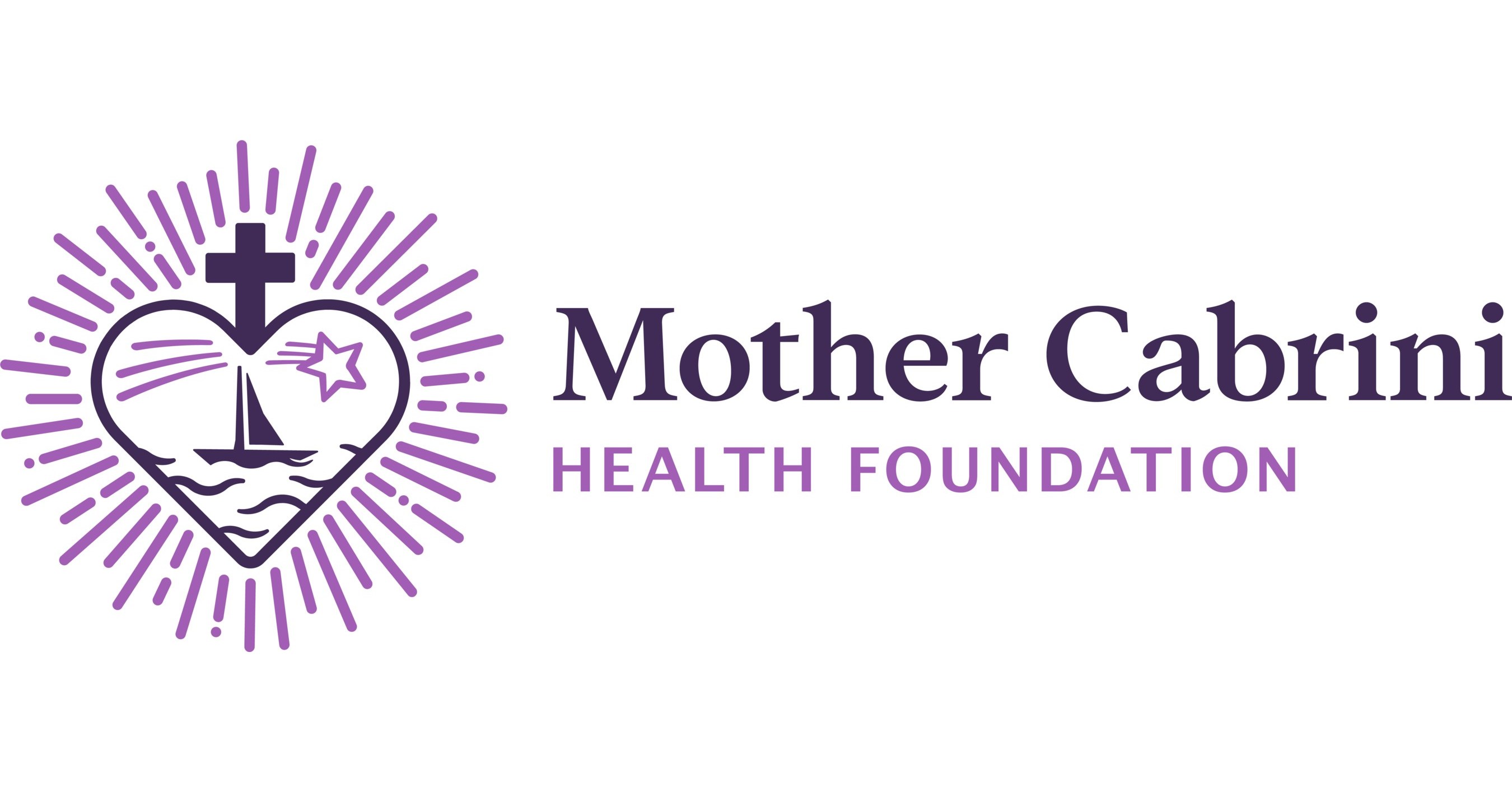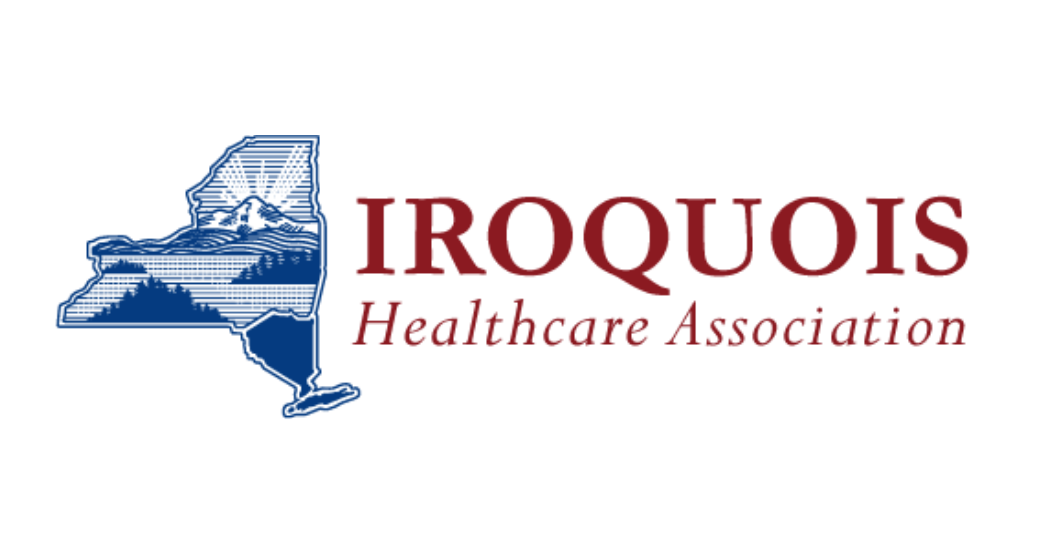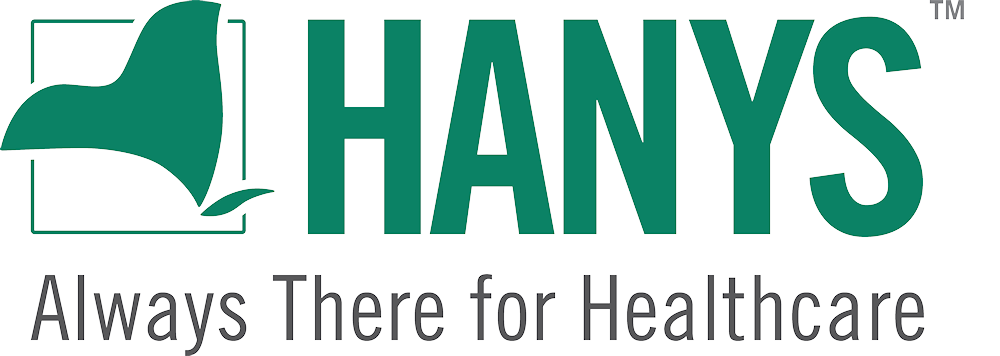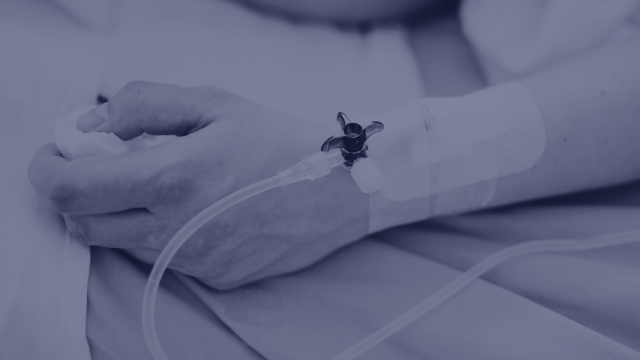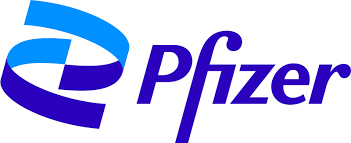Hearts in Home Care Nurse Scholarship Fund

- Mission
- Who Can Apply?
- How To Apply
- Awards
- Recipient Criteria
- Eligible Expenses
- Agency Responsibilities
- Frequently Asked Questions
- Recorded Informational Webinar
- Scholarship Committee
- Staff Contacts
Mission
HCA Education and Research has been awarded funding from the Mother Cabrini Health Foundation to provide current home care and hospice providers with the opportunity to offer a Hearts in Home Care Nurse Scholarship (HHCNS) to support the career advancement of current employees who are interested in pursuing an advanced degree or specialty certification in the field of nursing that will serve to enhance the availability and quality of nursing care in the home care setting.
The HHCNS is specifically designed to provide support for individuals who are from a historically underserved or marginalized population, experiencing financial hardship and/or other extenuating circumstances who would otherwise be limited by such barriers and unable to further their professional advancement in the field of nursing.
Ultimately, through the support of and investment in the current home care and hospice workforce, it is our goal to enhance the retention of quality employees while addressing the significant shortage of nurses in these settings.
Who Can Apply?
Any Certified Home Health Agency, Licensed Home Care Services Agency, or Hospice provider duly authorized by the New York State Department of Health to operate in NYS can apply for the scholarship to support their employees by providing a Hearts in Home Care Nurse Scholarship to support their professional advancement in the field of Nursing.
How to Apply
The application period is closed. Applications are currently under review and awardees will be notified by mid-August.
Awards
The Hearts in Home Care Nurse Scholarship (HHCNS) will make a minimum of 10 awards to home care and hospice agencies providing for a total of $235,000 in individual scholarships for current employees with at least one year of service who meet one or more of the following criteria:
(1) economically disadvantaged,
(2) from a historically underserved or marginalized population, or
(3) have a compelling or extenuating circumstance that presents a barrier advancing their degree attainment or specialty certification in the field of Nursing.
Scholarship Recipient Criteria
The HHCNS will provide financial support for any employee of a CHHA, LHCSA or Hospice agency with at least one year of service who is seeking to begin or further their education or certification in the field of nursing and meet one or more of the following criteria:
(1) economically disadvantaged,
(2) from a historically underserved or marginalized population, or
(3) have a compelling or extenuating circumstance that presents a barrier advancing their degree attainment or specialty certification in the field of Nursing.
Eligible Nursing Degrees
- Licensed Practical Nurse
- Associate Registered Nurse
- Registered Nurse to Bachelor of Science in Nursing
- Accelerated Bachelor of Science in Nursing
- Master of Science in Nursing
Here’s a link to our video highlighting the role of nurses in the home care setting to share with your staff.
Enhanced Nursing Certifications
- Clinical Nurse Specialty Credential (including but not limited to- Wound/Ostomy Care, Certified Nurse Case Manager, IV Therapy, Hospice & Palliative Care, Certified Diabetes Care and Education Specialist)
Eligible Expenses
All scholarship funds must directly benefit a current employee of the awarded agency (no agency administrative costs are permitted). Eligible expenses may include education tuition & fees, textbooks, required course materials, tutoring, licensure or certification related fees, and other expenses identified as barriers.
Agency Responsibilities
- Ability to demonstrate that each employee receiving a scholarship meets one or more of the recipient criteria.
- Provides, or supports the collection of, all required data and evaluations for purposes of grant reporting.
- Facilitates the development of a news story or video that highlights the professional journey in home care for at least one of their scholarship recipients.
For more information or to submit a question, please contact Taylor Perre, Associate Director for Policy & Advocacy.
Application Checklist:
1. Identify scholarship candidates and complete their demographic profile on the appropriate sheet of the Excel template [Eligible Nursing Degrees or Enhanced Nursing Certification]
a. Subtotal the number of candidates and requested dollar amounts for each worksheet and submit where indicated on the online application (Questions 10-13)
b. Email your completed spreadsheet to:
2. Assist scholarship candidates in completing their Personal Statement.
a. Compile the Personal Statements for each scholarship candidate into a single document (Word or PDF preferred) and upload your file in Question #13 of the online application.
3. Complete and Submit your online application no later than July 24, 2025 at 12 PM EST.
Frequently Asked Questions
How do we determine that someone is economically disadvantaged -are there criteria for this?
Rather than employing a strictly income-based eligibility criteria, the scholarship committee will consider any and all economic challenges and hardships outlined in the candidate demographic information that presents barriers to the proposed recipient in pursuing an advanced degree or enhanced certification in the field of nursing.
Is there a deadline for when the scholarship funds must be spent by?
The scholarship funds must be spent by June 30, 2026. Exceptions may be made for candidate programs that are projected to span beyond the grant period and need to be paid per semester.
How will the funds be distributed?
If awarded, the funds will be distributed directly to the agency. It is the agency’s responsibility to disburse the funds to their scholarship recipients in keeping with existing agency policies or newly implemented measures to ensure scholarship funds are used for the purposes intended.
Is this open on a rolling basis? What if we would like to send several nurses for advanced certifications but we don't have this organized yet as far as dates and programs yet?
No. This is a grant funded initiative on a strict timeline. Please describe the planned and anticipated costs and totals at the time the application is due.
How many scholarships are being given and what is the max amount given?
The grant is designed to serve a minimum of 10 agencies with a goal of 50 individual scholarship recipients. The amounts given to each awarded agency will depend on the number of agency applications and number of potential employee scholarship recipients. There is $235,000 in total funds to be awarded.
Are there any tax implications for the employee with regard to receiving this money?
Awarded agencies should alert the potential recipients that they should seek advice from their tax advisors as to whether they are required to report the payments as taxable income. Whether the scholarship grant payments are excludable from the recipient’s income is a separate test that they’re required to make and report accordingly. Here is information on how they can determine this.
We encourage awarded agencies not to provide individual tax advice to the potential scholarship recipients and instead direct the person to their tax advisor.
Is there any type of commitment to home care necessary for the employee to receive scholarship funds?
HCA E&R will not be requiring a documented service commitment. However, it is the intent of the scholarships to invest in employees who want to stay in home care and in your employ. Awarded agencies may implement at your discretion a service agreement or terms and conditions for receipt of the scholarship that supports retention of the employee. We encourage you to discuss this with the employee(s) you are nominating for the scholarships and as they are asked to share their future professional goals as part of their Personal Statement submission.
Can we submit multiple applications?
No. Please submit all scholarship candidates in one application. If you are a part of a larger organization with multiple branches or locations, please consolidate information into one single application for the organization. If multiple applications are submitted from the same ‘parent’ agency, only the first application received will be considered.
If awarded, is it the agency’s responsibility to ensure that the funds were paid to the designated entities?
Yes, it is the responsibility of the agency to validate that the funds were spent as intended. We encourage the awarded agencies to keep these records on file through the grant period should the grant funder require additional verification.
Should the requested award amount equal the tuition cost?
The requested amount does not necessarily need to equal the tuition cost; it can be for any eligible costs that are not otherwise being met through other sources of financial support (agency tuition assistance or public/private awards, student grants/loans)
If the request is for more than what might be available, would a lesser award be granted?
Yes, partial awards may be given.
Does the program require proof that an individual is enrolled in or accepted in a program for Fall 2025?
The agency is required to verify that the scholarship recipient is enrolled in the intended school or program within the timeframe of the grant (Aug 2025-June 2026).
Does the scholarship candidate have to be someone who is just starting school?
No, they can be a current or newly enrolled student.
If an employee is already receiving tuition assistance from our agency, is the candidate still eligible to apply?
Yes, the employee is still eligible to apply, however, the financial support will be a factor for consideration by the scholarship committee.
If tuition assistance from the agency doesn't cover textbooks or other costs, can the applicant apply for those costs?
Yes.
Are the scholarships grade based? If a course is failed, do they still receive the funding?
Each awarded agency has the ability to implement terms and conditions for receipt of the scholarship that reinforce the intended use of funds and the candidate's success. This includes policies regarding successful course completion and/or achievement of other designated milestones.
Can the employee be new to the agency?
The scholarships are intended to support professional development opportunities for current employees that reinforce their retention. As such, the candidate should have at least one year of service at the agency.
Recorded Informational Webinar
On June 27, HCA E&Rstaff held a brief question and answer session on the grant and application process. The recording is available below.
Heart in Home Care Nurse Scholarship Committee
Chair: Rochelle Eggleton, MBA, BS, RN, CEO, Bartlett Strategy Group, LLC / Member, HCANYS Board of Directors
Susan Archambault, MA, PT, CPBPM, COS-C, CFPS, Manager of Strategic Vision/ Corporate Compliance Officer, VNS Westchester
Justin Booker, Skilled Nursing Director, Bayada Home Health Care
Ann Frisch, RN, BSN, MBA, AMF Home Care Consulting
Ilyne Rabinowitz, Vice President of Clinical Services, Best Care
Melinda St. Simon, MSN, RN, NPD-BC, COS-C, MEDSURG-BC, Director of Education, Catholic Health – Long Island
Peggy Weissend, RN, BSN, MHA, Assistant Director, VNA of Western NY- Kaleida Health
Staff Contacts
Questions?
Celisia Street, Vice President for Workforce Development and Innovation
Taylor Perre, Associate Director of Policy and Advocacy


